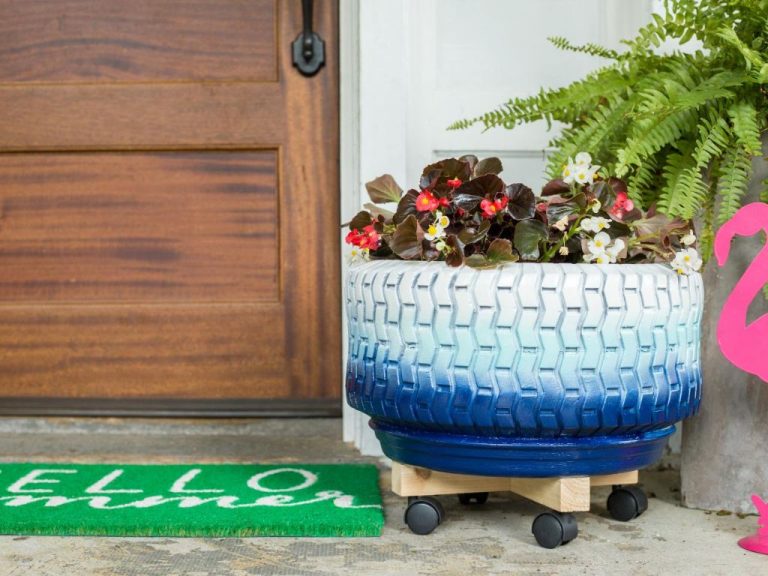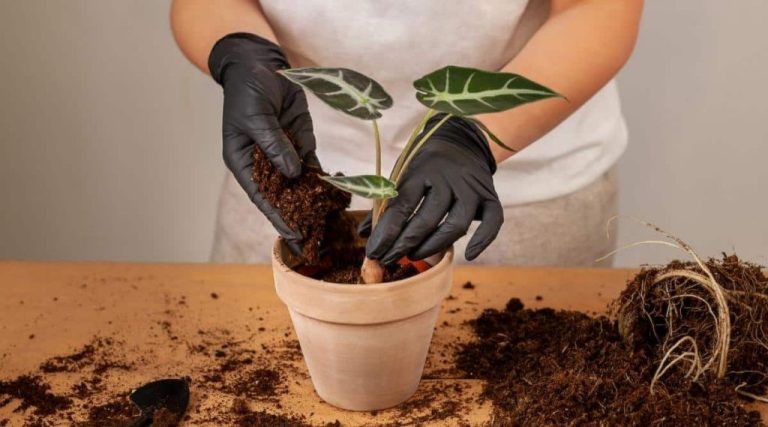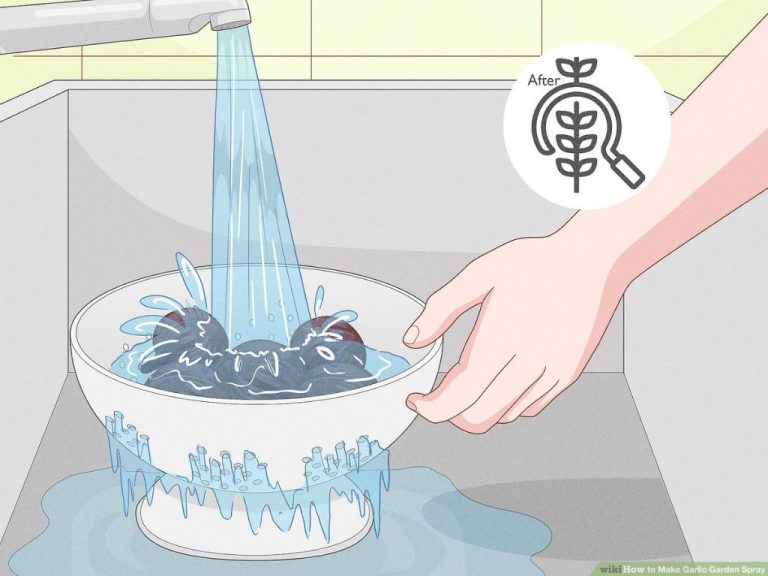Diy Plant Hangers: Creative Display For Your Greenery
The Growing Popularity of Houseplants
Houseplants have seen an incredible surge in popularity in recent years. According to garden industry research, houseplant sales jumped up 18% in 2024 over the previous year. Millennials led growth at 65%, while Gen X wasn’t far behind at 45% (gardenpals.com) This “plantdemic” shows no signs of slowing down, especially as people discover creative new ways to display their leafy friends.
One particularly eye-catching trend is hanging houseplants. Macrame plant hangers, wall mounts, repurposed ladders, and more allow green thumbs to show off their plants in style. Continue reading to discover beginner tips and easy DIY projects for creating your own hanging plant displays.
Different Types of Plant Hangers
There are several common types of plant hangers that can be used to creatively display greenery in your home or outdoor space. Some popular options include:
Hanging Pots
Hanging pots are a classic choice for suspended plants. Pots specifically designed for hanging often have a built-in hook or loop at the top to make installation easy. Hanging pots come in a variety of styles, colors, and materials including ceramic, plastic, wood, and more. They can be hung from ceilings, beams, tree branches, or other supports using chains, cords, or macramé holders (Source: https://www.etsy.com/market/plant_hangers).
Macramé Plant Hangers
Macramé plant holders add a bohemian flair using woven fiber or yarn. Macramé techniques can be used to create hanging baskets, swings, nets, and slings for suspending plants. The knotted patterns and textures make these hangers an attractive display choice. Hangers made from natural fibers like cotton or jute have an earthy vibe (Source: https://www.pinterest.com/pin/81627811981728240/).
Wall Mounted Displays
Wall mounted panels or shelves offer a different look for hanging plants. Brackets, rails, or ledges can be installed to hold pots or planters in place on a vertical surface. This keeps the plants up off the floor and creatively arranges greenery on walls or fences.
Hangers Made from Everyday Items
For a fun DIY take, plant hangers can be fashioned from all kinds of found items. Vintage kitchen tools like ladles, colanders, and silverware can be repurposed. Other ideas include hanging shoes, teapots, mugs, bottles, ladders, and more. Let your creativity run wild!
Choosing Plants for Hanging Displays
When selecting plants for hanging displays, trailing varieties that cascade gracefully are top choices. Popular trailing plants include ivy, wandering jew, spider plants, pothos, philodendron, string of pearls, donkey tail succulents, and various ferns.
Another consideration is choosing plants that can help purify indoor air. Some excellent air purifying plants for hanging displays are heartleaf philodendron, golden pothos, peace lilies, ZZ plants, Boston ferns, and spider plants.
Since hanging plants are often positioned in spots without direct sunlight, it’s also important to select varieties that can tolerate low light conditions. Good low light plants include pothos, philodendrons, Chinese evergreens, peace lilies, parlor palms, and cast iron plants.
By focusing on cascading trailing varieties, air purifying abilities, and low light tolerance, you can create beautiful hanging plant displays that add visual interest and healthy freshness to any space.
Hanging Pots
Hanging pots come in a variety of materials including ceramic, plastic, and woven baskets. Ceramic pots are attractive but can be heavy and prone to breaking. Plastic pots are lightweight and come in many colors, but may not look as natural. Woven baskets made from materials like coconut fiber or wire provide a natural, rustic look.
Self-watering hanging pots are convenient options that have a water reservoir built into the bottom to ensure plants get the hydration they need. They often have an opening at the top to refill the water supply as needed. Self-watering pots are useful for keeping plants alive if you tend to forget to water consistently.
To hang pots, use strong hooks screwed into the ceiling or sturdy eye hooks into a beam or stud. Cover hooks with decorative covers for a nicer look. Hang pots using chains, cables, rope or macramé for different styles. Adjust lengths to achieve the desired hanging height and visual appeal. Test weight limits before hanging heavier pots like ceramic and use additional support lines/chains if needed.
Refer to this tutorial for tips on hanging pots with macramé: https://www.gardeningknowhow.com/houseplants/macrame/macrame-plant-hangers.htm
Macrame Plant Hangers
Macrame plant hangers add a bohemian, handmade touch to displaying your plants. They are easy to make even for beginners with just some rope, rings, and basic knots. Here’s what you need to know about macrame plant hanger techniques and tutorials:
There are a few common knots used in macrame plant hangers like the square knot, spiral knot, and lark’s head knot. The square knot is the most basic and used to create the main part of the hanger. Spiral knots create a decorative look. Lark’s head knots attach the rings and hangers. Different combinations of basic knots allow endless creativity!
For beginners, opt for a medium or large cotton rope that is easy to grip and manipulate into knots. Jute and hemp ropes provide an earthy, natural look. Once you gain experience, try alternating rope thicknesses and textures for interest.
Follow this simple step-by-step tutorial for a foolproof beginner macrame hanger:
- Cut 6 equal lengths of rope, around 3-4 feet each.
- Fold ropes in half and attach a ring at the crease using a lark’s head knot.
- Spread out the ropes and tie pairs together with square knots, leaving some space between knots.
- When you reach the bottom, knot any remaining ends to the bottom ring.
- Trim the ends, add a hanging hook, and attach your plant!
For a more detailed walkthrough, check out the YouTube tutorial Macrame Plant Hanger for Beginners.

With a few basic knots and some creativity, you can create endless boho-chic plant hangers to decorate your home. Macrame is relaxing and rewarding way to display your favorite greenery.
Wall Mounted Displays
One popular way to hang plants is by using wall-mounted brackets, shelves, and rods. This can free up floor and table space while creating a living art display on your walls.
Basic wall-mounted brackets made of wood or metal can hold everything from small pots to large planters. Stagger them at different heights for a cascading look. Shelving is also an easy DIY option – just securely mount floating shelves and place your plants on them. Adjustable shelving is great for accommodating plants as they grow.
Hanging rods that mount to the wall offer another simple route. Choose short rods to display smaller pots or extend them wider to hang planters across an entire wall. Get creative with materials too – old ladders, salvaged wood, and metal piping can all become artful plant holders.
When mounting displays, make sure they are properly secured and can hold the weight of your plants when fully watered. Stick with lightweight pots or add reinforcements if needed. Space plants out appropriately so they are not crowded. Then arrange and rearrange them until you find the perfect living wall garden.
Everyday Item Plant Hangers
One of the easiest ways to make DIY plant hangers is by repurposing common household items. Things like baskets, tins, teacups, mugs, and bowls can all be transformed into unique planters to hang your plants in. The recycled, vintage look of these repurposed hangers adds charm and personality to your plant displays.
For example, you can take a decorative tin bucket like those often used for holiday cookies, add drainage holes to the bottom, and drill holes at the top to string rope or twine through for hanging. Just make sure to line the inside with plastic to protect your plants from the metal. [1]
Another idea is to take a wicker or wire basket and attach an eye screw to the sides to hang it from. You can also use plastic baskets or colanders for an even lighter DIY hanger. Just drill or poke holes in the bottom for drainage.
Vintage teacups, mugs, bowls and the like also make charming mini planters. Use strong craft glue or epoxy to adhere a hanging hook on the inside of the rim, then fill with a small plant like ivy or succulents. You can stagger heights by hanging mugs and bowls of varying sizes on a wall mount.
The key with repurposed everyday items is making sure they have proper drainage and are lined/sealed as needed before filling with soil and plants. Get creative with what you have around the house and give old items new life as plant hangers!
Caring for Hanging Plants
Hanging plants have different care needs than plants growing in the ground. Make sure to give them proper care to keep them looking their best.
Watering Needs
Plants in hanging pots and baskets need more frequent watering than in-ground plants. Check the soil moisture daily, and water whenever the top inch of soil feels dry. Water thoroughly until it drips from the bottom of the container. This ensures water reaches all the roots.
Consider using a self-watering hanging planter to automate watering. Or place pots in drip trays to catch excess water and create humidity.
Pruning and Trimming
Regular pruning keeps hanging plants shapely and full. Trim off dead leaves and spent flowers. Prune leggy growth to encourage bushiness. For flowering plants, pruning after blooming encourages new buds.
Trailing plants like ivy and spider plant may need periodic trimming to control length. Cut long strands back to keep growth contained.
Light Requirements
Most hanging plants need bright, indirect light. Place them in an east or west facing window where they’ll get some sun in the morning/evening. Full southern exposure is often too intense. Move plants away from hot afternoon sun.
Supplement with grow lights if natural light is inadequate. LED plant lights work well for hung displays. Rotate plants occasionally for even light exposure.
Low light plants like pothos and philodendron tolerate shadier spots. But their growth may become leggy without enough light.
Creative Display Ideas
When hanging plants, think about creating cohesive themed displays that complement your home’s decor. For a bohemian style, cluster together a mix of trailing ivy, ferns, and air plants. Or go for a midcentury modern look with sleek cylindrical pots at staggered heights holding snake plants or succulents. Carefully arrange the heights and types of plants for visual interest.
Groupings of 3-5 plants work well for most displays. Try clustering a few macrame hangers boasting trailing philos, pothos, or scindapsus together above a sofa or bed. Or mount single statement air plants or staghorn ferns on the wall in minimalist steel or wood frames. For the kitchen, hang low over the sink or group in a corner. Above desks or reading nooks, go for hanging pots of vines or little terrariums.
When designing your green display, consider the architecture, lighting, and existing decor elements in the space. Keep styles cohesive and choose plants that fit the aesthetic. With a thoughtful, coordinated approach, hanging plants can elevate any indoor environment.
Conclusion
Displaying plants in hanging planters is a creative way to green up your indoor and outdoor spaces. As we’ve seen, there are many DIY options for creating unique plant hangers using materials like macrame, burlap, rope, driftwood, and more. When choosing plants, opt for varieties that thrive in hanging environments with proper air flow and drainage. Succulents, ferns, pothos, and philodendrons are great choices. Proper care like watering, fertilizing, and pruning will keep your hanging plants healthy and looking their best.
The handmade plant hangers we covered provide beautiful, natural statement pieces for your home. Macrame hangers with woven details pair nicely with trailing vines. Repurposed everyday items like tea cups and baskets allow you to upcycle common materials into charming plant displays. No matter which type you choose, a well-designed plant hanger can be an elegant focal point and a pleasant way to enjoy your favorite greenery.
With a variety of simple, DIY hanging planter ideas to choose from, you can easily create a custom living display to show off your plants and enhance your home’s decor. Get inspired by nature and let your creativity shine!






